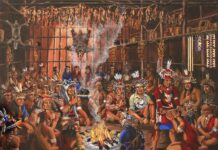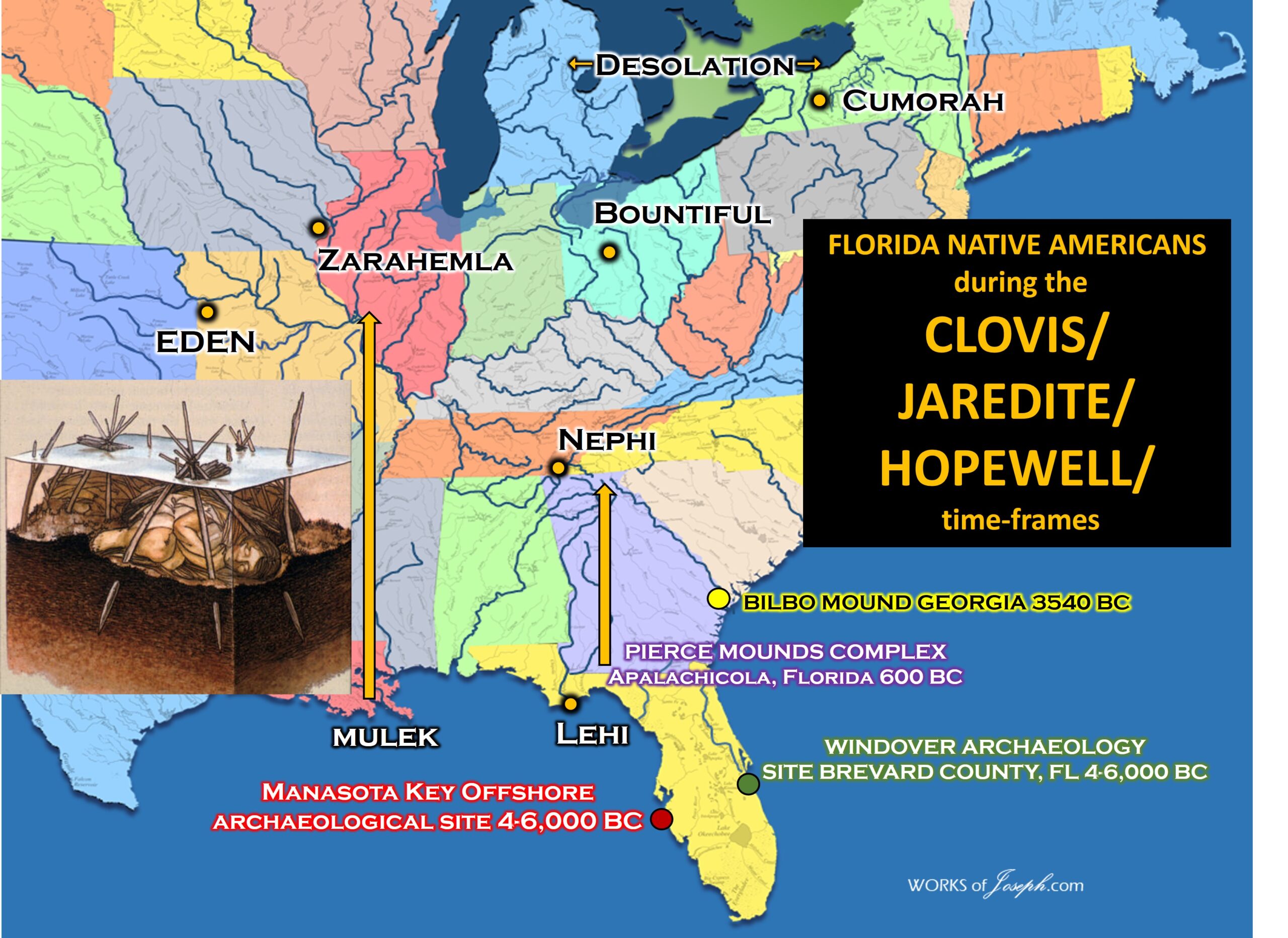DNA and Population Genetics
“A haplotype is a group of genes derived from DNA that are inherited together from a single parent and a haplogroup is a group of similar haplotypes that share a common ancestor with a single-nucleotide polymorphism mutation. The haplogroups most commonly studied are Y-chromosome (Y-DNA) haplogroups and mitochondrial DNA (mtDNA) haplogroups, both of which can be used in determining genetic dispersion in population studies. Both Lehi’s and Ishmael’s families are from the Semitic tribe of Joseph who married Asenath, an Egyptian. Mulek, the son of King Zedekiah of the Southern Kingdom of Judah, escaped the destruction of Jerusalem, migrated to “the choice land above all others” and became the people of Zarahemla discovered by King Mosiah. Eventually the Nephites and the people of Zarahemla combined their groups, and sometime later, some of the people of these groups mingled and joined with the Lamanites. Any haplogroup marker that shows a lineage to specific regional origins to these groups of peoples would be important in determining the migrations of those peoples. It is significant that DNA studies have shown that some of the Native American Nations have mtDNA lineages traced to both Egypt and the regions of northern Israel.
Recent DNA Studies on Native American Populations
“The level of haplogroup T in the Cherokee (Nation) (26.9%) approximates the percentagefor Egypt (25%), one of the only lands where T attains a major position among the various mitochondrial lineages. In Egypt, T is three times what it is in Europe. “Haplogroup X, found throughout the Middle East, has been found in high frequency of Native American tribes throughout the Great Lakes regions. The only other place on earth where haplogroup X is found at an elevated level apart from other American Indian groups like the Ojibwe (Algonquian) is among the Druze in the Hills of Galilee in northern Israel and Lebanon. The work of Shlush et al., The Druze: A Population Genetic Refugium of the Near East, PLoS ONE 3(5): e2105 [2009], demonstrates that this region was in fact the center of the worldwide diffusion of haplogroup X.” (Donald N. Yates, Mitochondrial DNA Lineages in the Cherokee; Egyptian, Greek, Phoenician and Hebrew Origins of Cherokee?, DNA Consultants, Longmont CO, [August 31, 2009].)

Native Americans may have a more complicated heritage than previously believed. PHOTOGRAPH BY ROLAND W. REED, NATIONAL GEOGRAPHIC
When the Winter Olympic games were held in Salt Lake City in 2002, President Gordon B. Hinckley was asked by a reporter if he had a comment about the lack of DNA evidence for the Book of Mormon He simply responded that all the information wasn’t in yet. Eleven years later, in 2013, National Geographic Magazine published an article titled: “Great Surprise”—Native Americans Have West Eurasian Origins.” The article presents data on a genome found that is related to present-day western Eurasian populations and modern Native Americans, not from East Asia—historically a puzzling finding. In the article, ancient DNA researcher Eske Willerslev, of the University of Copenhagen, Denmark. stated: “This [DNA] study changes this idea because it shows that a significant minority of Native American ancestry actually derives not from East Asia but from a people related to present-day western Eurasians.” Willerslev also said. “It’s approximately one-third of the genome, and that is a lot,” he added. “So in that regard I think it’s changing quite a bit of the history” – Published November 22, 2013.
Annotated Book of Mormon by David Hocking and Rod Meldrum page 554-555 Pre-Order Here





